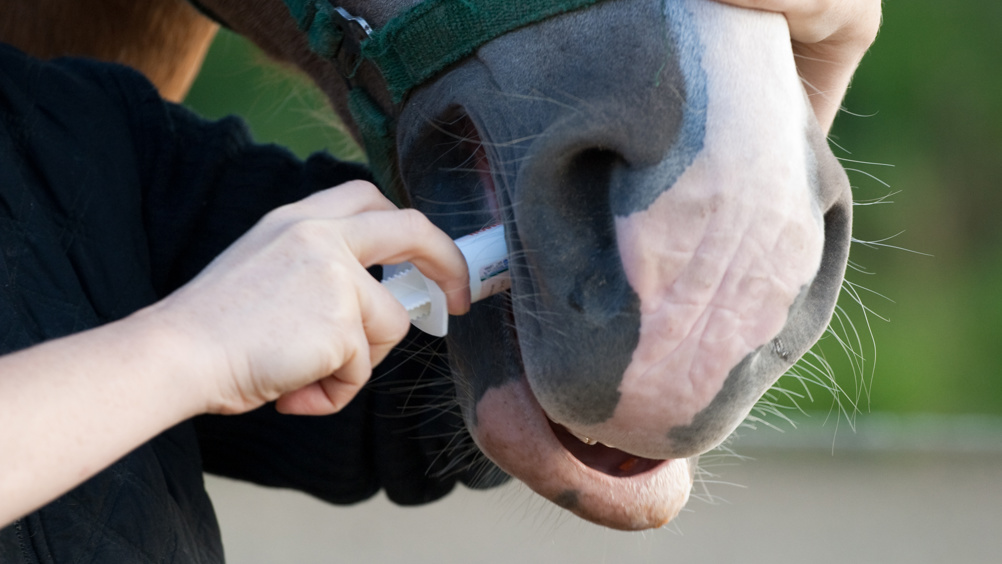References
Autumn de-worming

Abstract
Autumn is traditionally a time when most horses are de-wormed with one or more products that are effective against tapeworms and both adult and larval roundworms. However, the increasing prevalence of resistance and availability of diagnostics should prompt scrutiny of whether blanket de-worming at this time of year is appropriate. If management is good and horses are at low-risk of clinical disease, then there may be no need to use anthelmintics. Serology provides a means of assessing exposure to both cyathostomins and tapeworms, but it has its limitations and does not provide a validated means of assessing the risk of parasitic disease. The results of serology, results of faecal worm egg counts performed in the population through the preceding grazing season, and knowledge of management practices in the population should all be considered when assessing whether the risk of the disease to the individual is such that it must take priority over the ever-increasing threat of resistance in the equine population.
Surveys of horse owners have identified a poor level of understanding of appropriate equine de-worming practices. There is also a disconnect between owners and vets when it comes to obtaining advice on anthelmintic use (Relf et al, 2012; Stratford et al, 2014). Although an increasing number of owners are aware of the need to target anthelmintic treatments, a minority seem to put these principles into practice appropriately. Owners are often looking for advice on worming at the end of the grazing season, which provides an opportunity to ensure they are getting the right advice but also provides an opportunity to encourage diagnostic-led de-worming throughout the following grazing season.
Of all the equine endoparasites, cyathostomins are the most important cause of disease in adult horses and their control is therefore the focus of any equine de-worming strategy. Traditionally, autumn and winter de-worming has also included blanket treatments for tapeworms (Anoplocephala spp.) and bots (Gasterophilus spp.). In foals, ascarids (Parascaris) and threadworms (Strongyloides) also have to be considered.
Register now to continue reading
Thank you for visiting UK-VET Equine and reading some of our peer-reviewed content for veterinary professionals. To continue reading this article, please register today.

